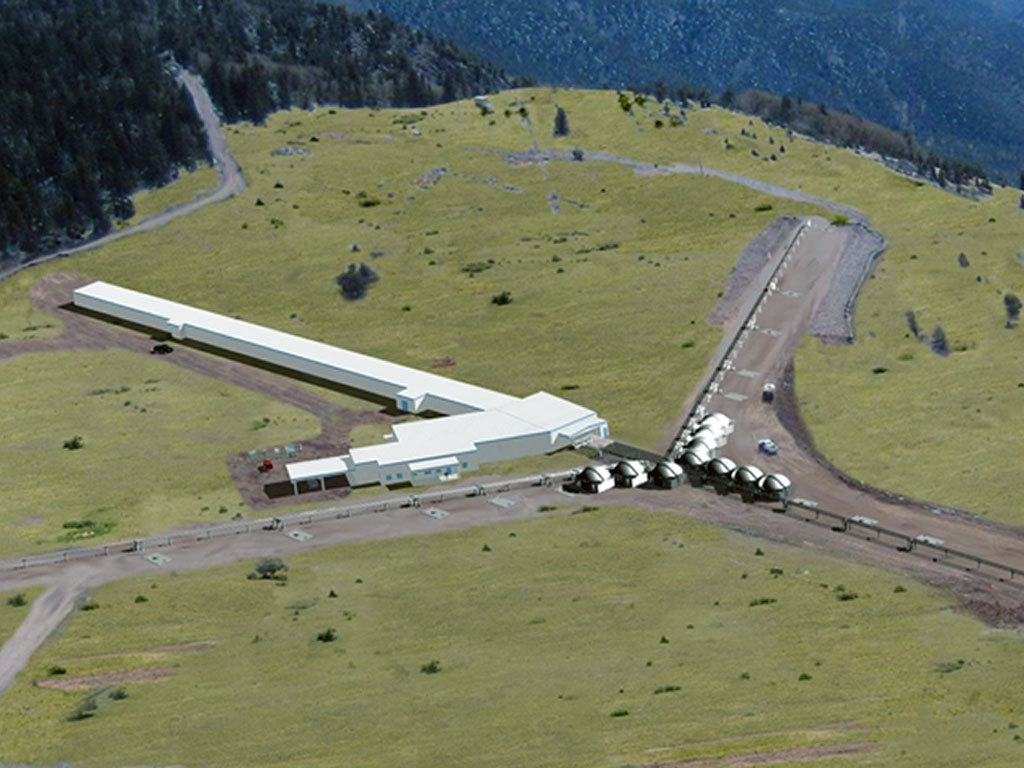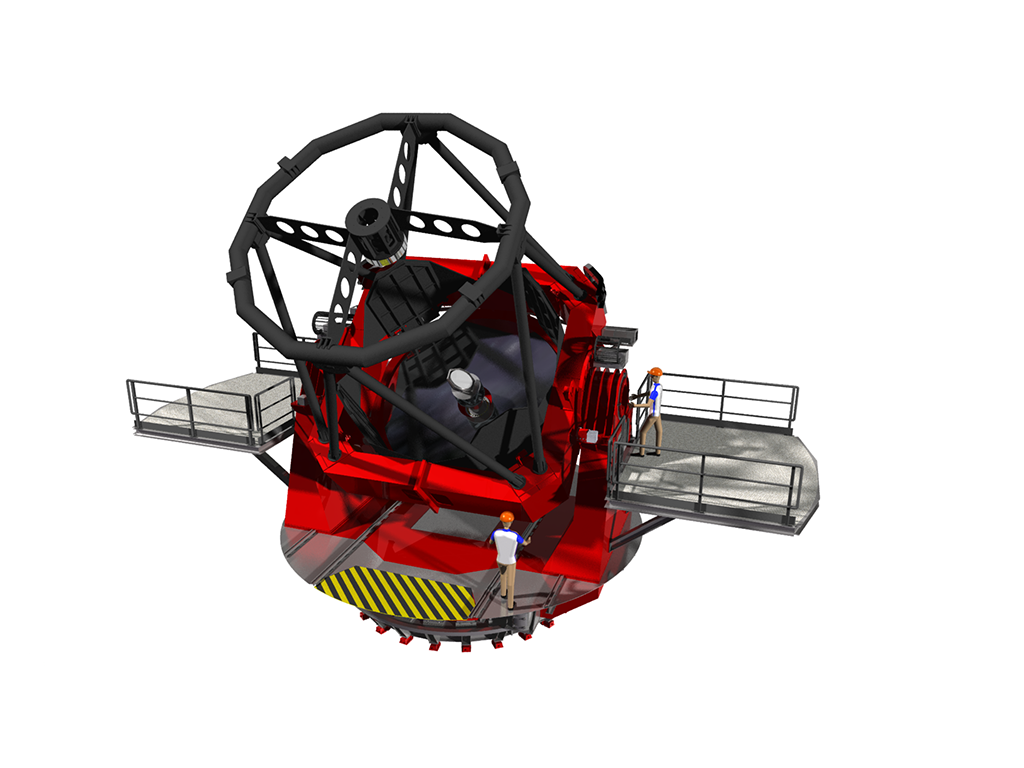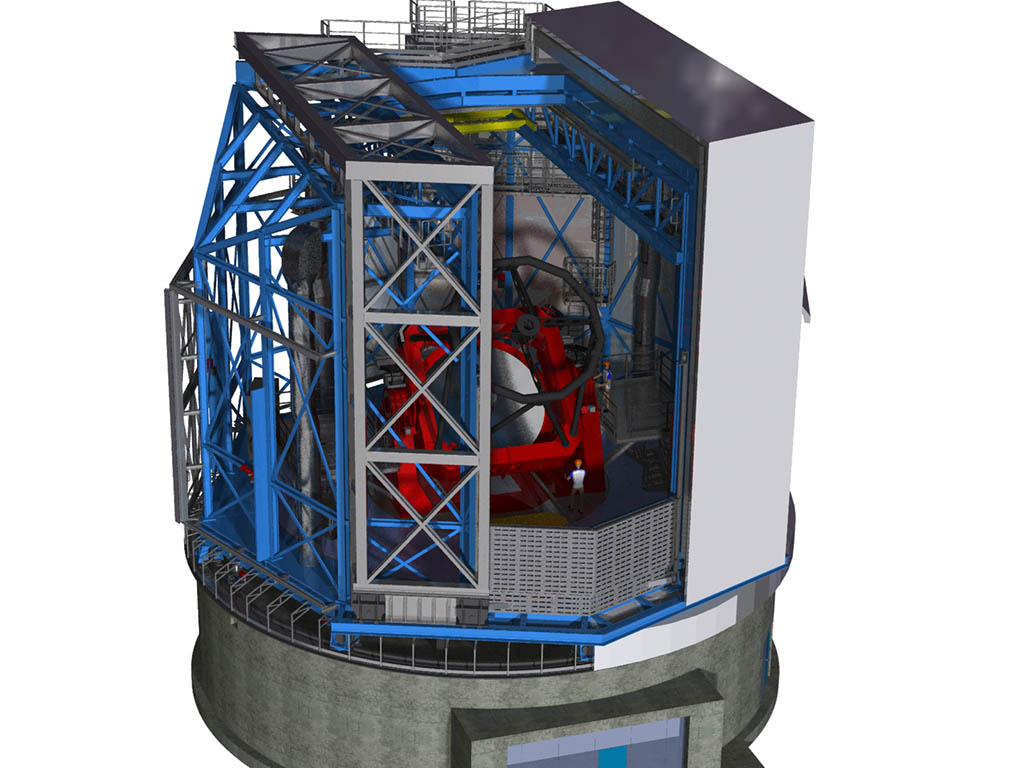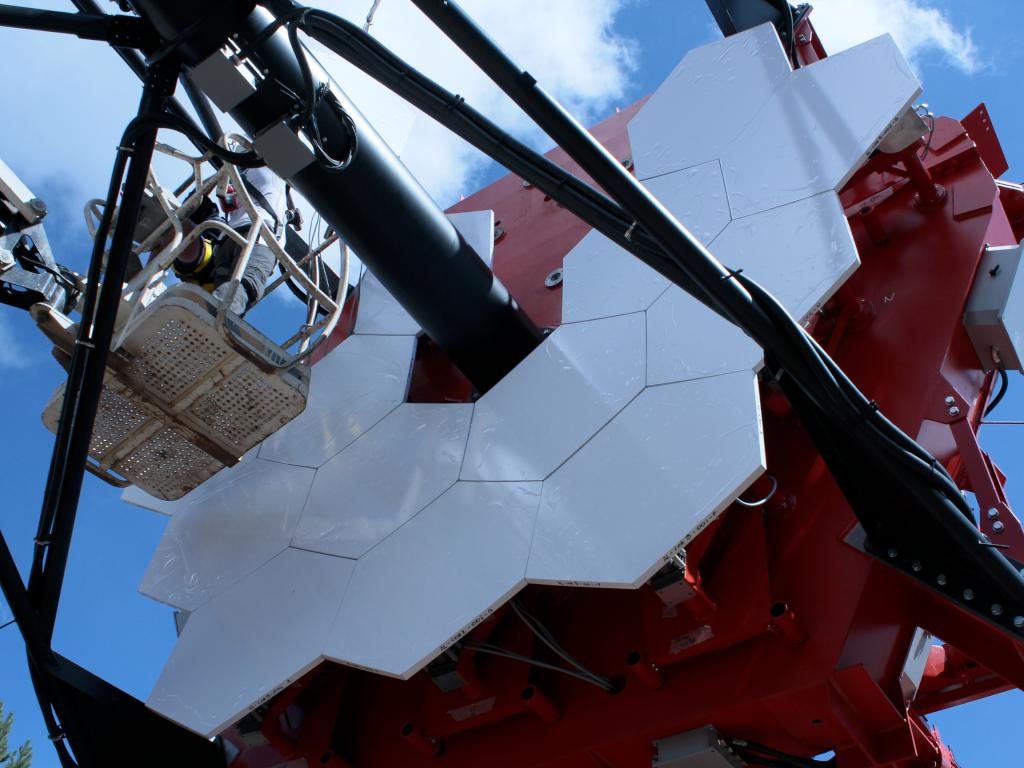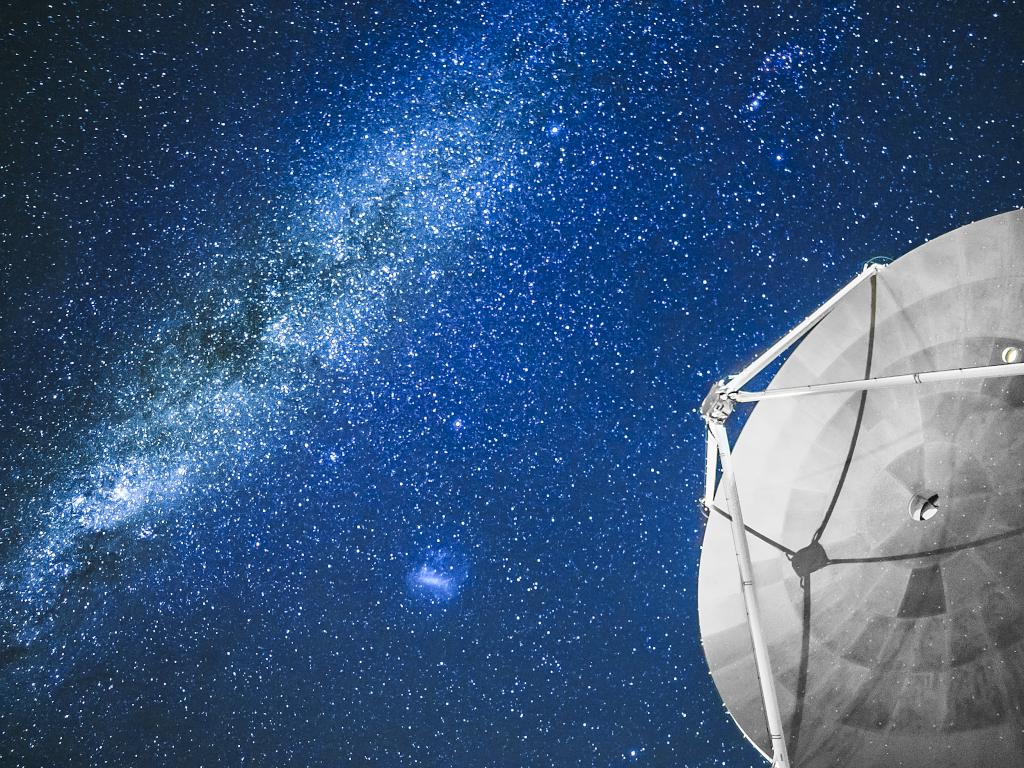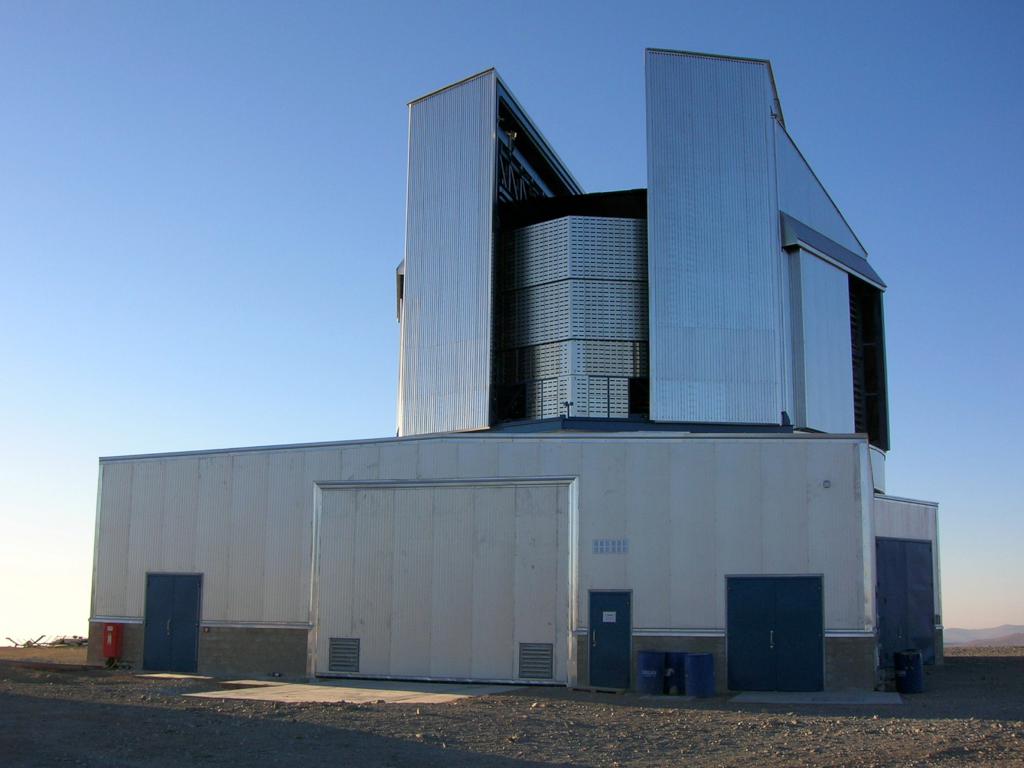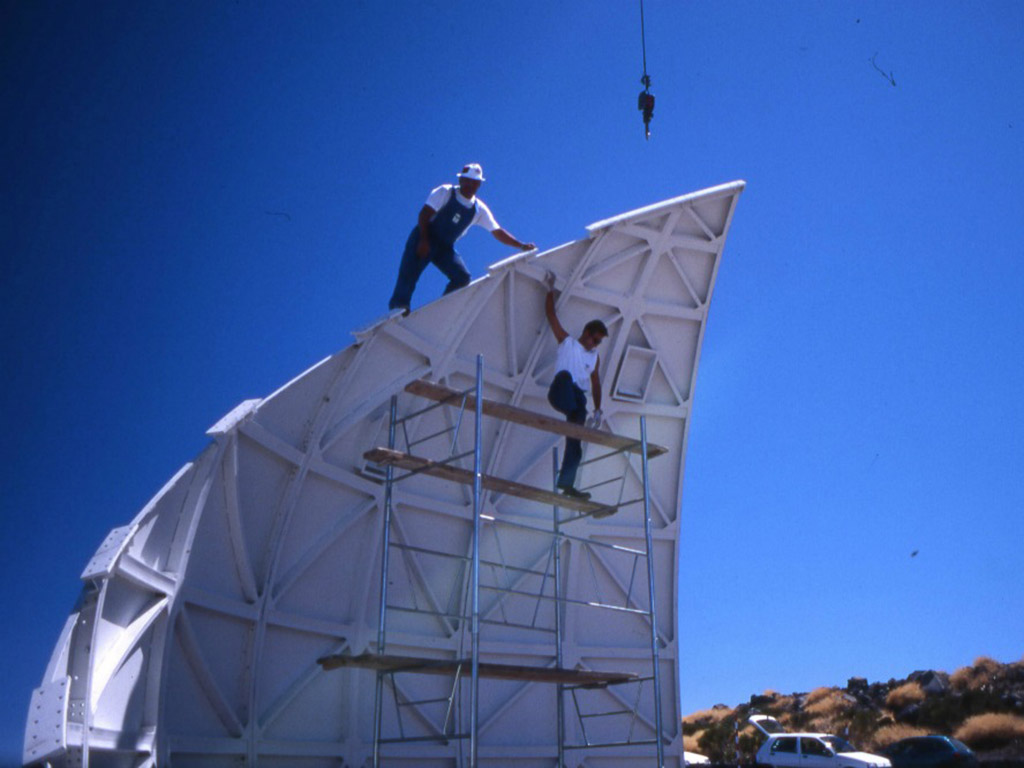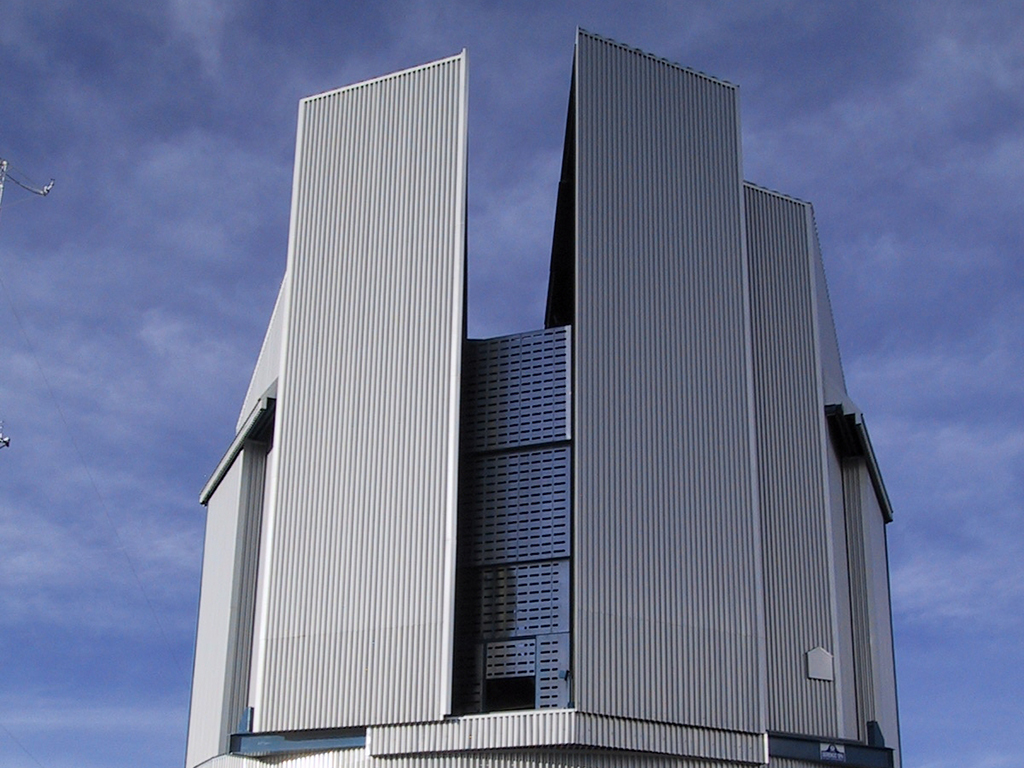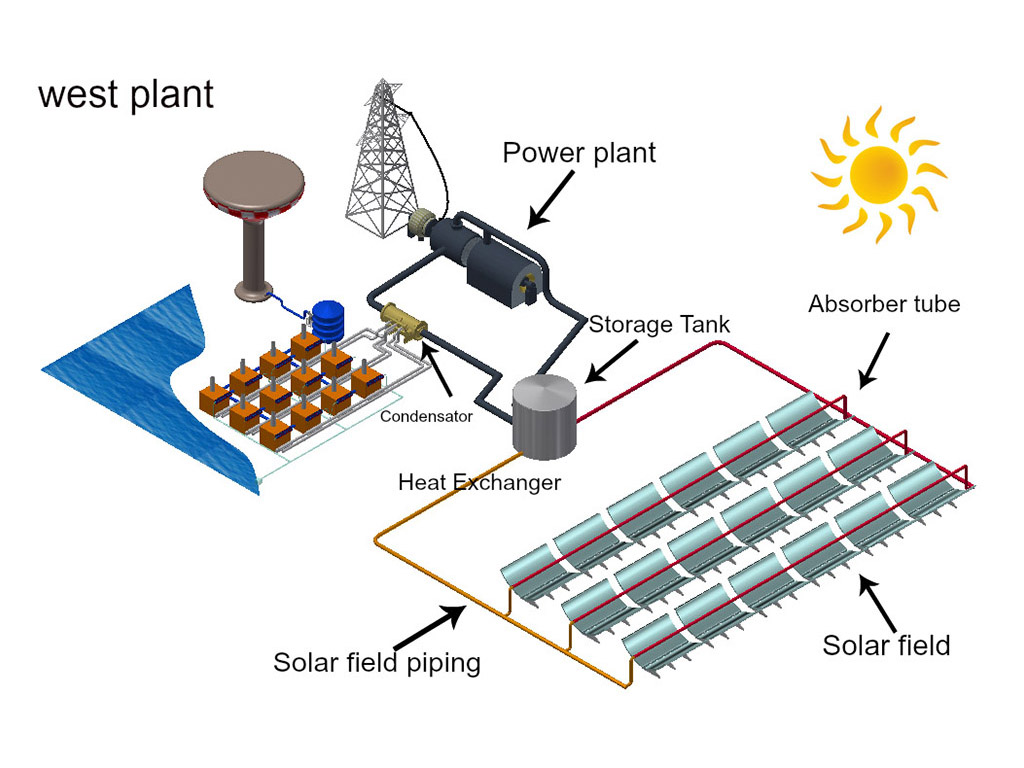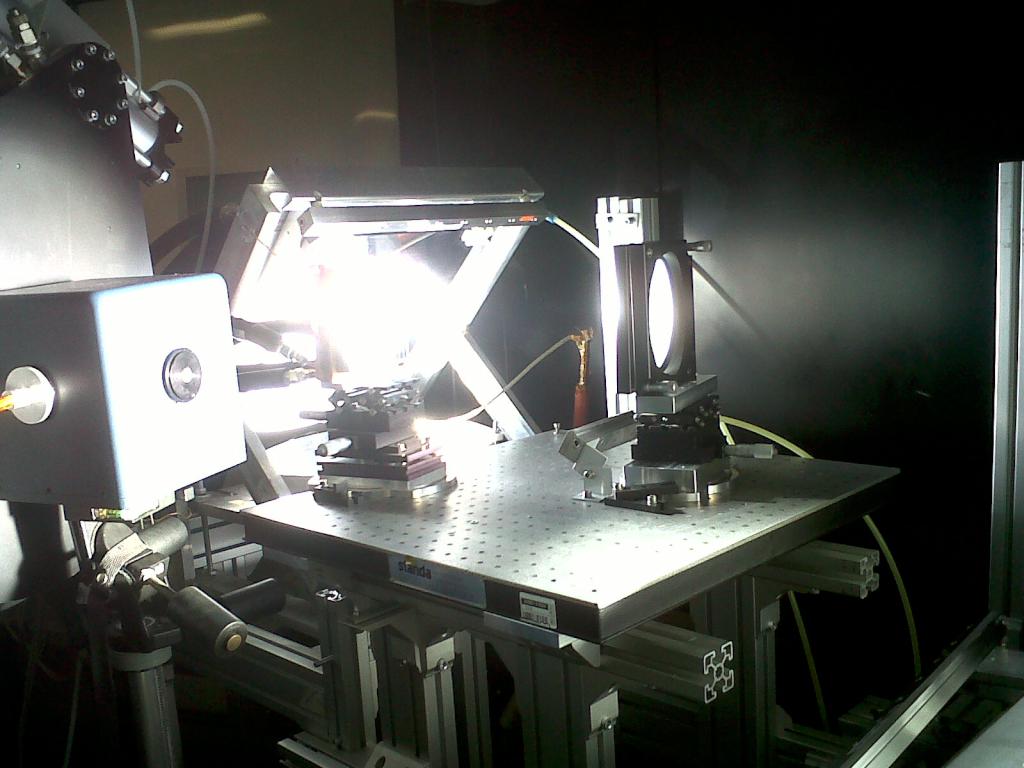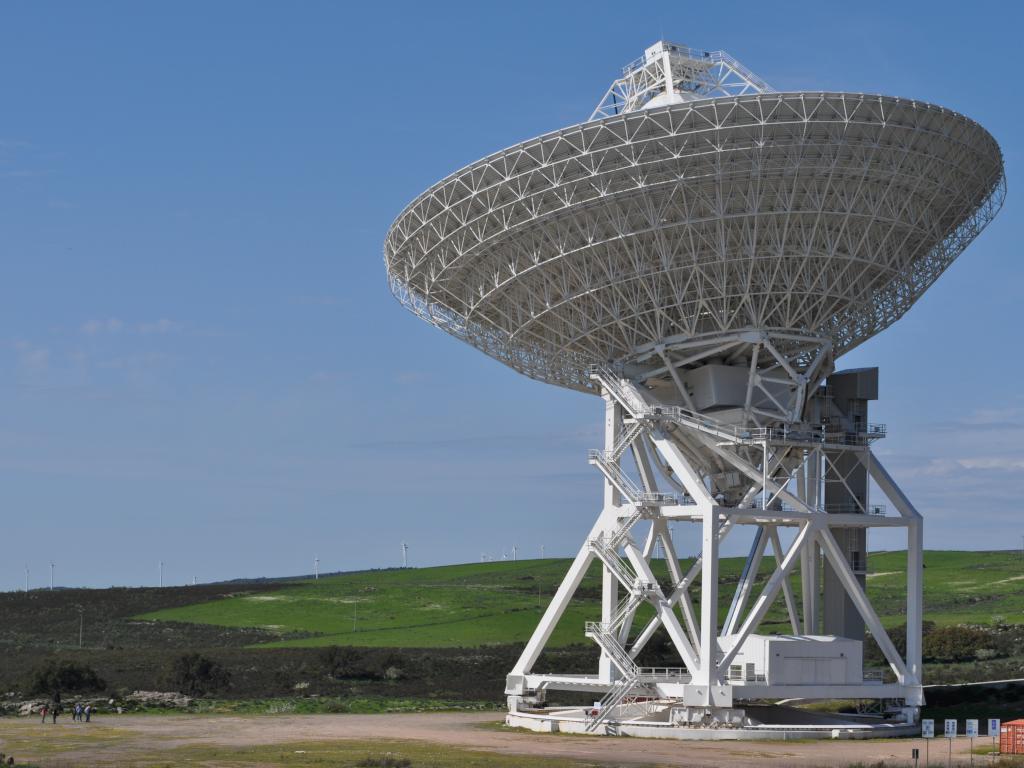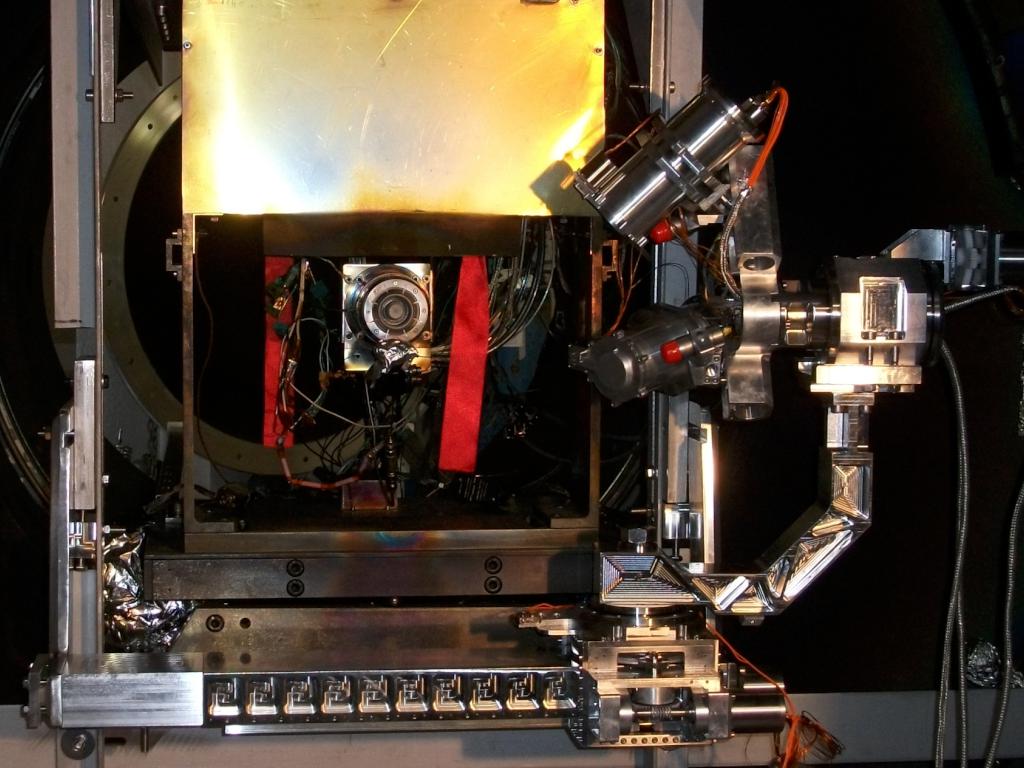LBT - Large Binocular Telescope - The Enclosure
Site: Mount Graham International Observatory – Arizona - USA
State: completed
Activities:
Detail Design, Manufacturing, Pre-Assembly in Europe, Packing &Transport of the embedded Beam and Circular rail, Erection on Site, Commissioning and Testing.
Partner: ADS International (Lecco – Italy)
Date: 1993-2005
Client: LBT Corporation (Italy, Germany, USA partnership)
Category: astronomy
Credits: EIE GROUP
L'edificio di LBT
Overview
The LBT (Large Binocular Telescope) is a binocular optical telescope using two primary parabolic mirrors with a 8.4m diameter each for visible, near-infrared and interferometric observations.
The telescope is located on Mount Graham, in Arizona, at 3.200 m asl, and it is part of the International Observatory of Mount Graham.
The LBT is an international collaboration among institutions in the United States (University of Arizona, Minnesota, Notre Dame, Ohio and Virginia), Italy (with INAF – National Institute of Astrophysics) and Germany (with the Max Plank Institute for Radio Astronomy).
EIE commitment to the LBT project started in 1992, with the development of the telescope, its structures and the detailed design of the mechanisms. The challenge consisted in gathering the basic elements for the telescope and dome structures and accessories under a unique and coherent construction design, which had already been identified in the preliminary studies.Still, another difficulty was detecting the most competitive construction technologies available in the Italian industry, with the double objective of reducing the fabrication costs and getting a positive impact on the Italian industry involved in the project.
The design phase lasted three years, and it considered some important parameters, such as the safety of the instruments, the introduction of scientific and engineering innovations to minimize disturbances during the observations and to get the lowest environmental impacts ever.
The LBT project therefore represented a combination of technological challenges: firstly, the design and fabrication of a structure of big dimensions, which had to be stiff and safe, and, at the same time, “lightweight” (the mass of this lightweight telescope structure is only about 700 tons). Then the use of thin sheets (8mm thick only), made possible both the increase of the heat exchange inside the structure, and the minimization of the disturbances during infrared observations.
EIE did not only design the LBT, it also had the role of following the construction of all the mechanical components, their acceptance procedures, the pre-assembly in-factory the transportation and re-assembly on Mt. Graham site. As matter of fact, between 1997 and 2004 EIE acted as a component of the LBT Project Office in daily close interaction with both Italian and US PO members.
Characteristics of the LBT Enclosures:
The building housing the LBT telescope has been designed to guarantee its maximum exposure during observations and protecting it from strong winds or bad weather conditions.
The enclosure comprises of a fixed lower part (the pier) 30m high on top of which a rotating box has been fixed.
The upper part is provided with two slit doors which slide laterally by 10.2m each in order to let the telescope mirrors free for observation.
The enclosure has also several large doors to allow air flow through them and to guarantee the correct temperature inside the building, thus minimizing the seeing effects caused by the massive steel structure.
The dome has the same rotation axis as the telescope azimuth axis and is able to rotate independently from the telescope, without any physical interference in any position of the telescope.
The enclosure is also provided with: anti-seismic devices, motorized AZ cable wrap, locking pins, HVAC system, lighting system, pneumatic system for the AZ inflatable seal, smoke detection and fire alarm system, ladders, lift, platforms and walkways allowing access to all telescope and enclosure levels, crane and handling facilities for the lifting and transporting of instruments/mechanisms.
Read Prof. Piero Salinari – INAF - Osservatorio Astronomico di Arcetri account.
prof.-p.salinari
Read Dr. John Hill - Large Binocular Telescope Observatory - University of Arizona account.
prof.-j.hill
Rea Prof. Peter Strittmatter - Regents' Professor of Astronomy Cambridge University University of Arizona
prof.-p.strittmatter
The Science with LBT:
The LBT telescope is equipped with a series of instruments permitting the observation of different objects ranging from asteroids in the outer parts of our solar system; to planets and dust disks around nearby stars; to stars in nearby galaxies, to galaxies and quasars at the limits of the observable Universe.
The unique feature of the LBT telescope is that the light from the two primary mirrors can be combined in the center of the telescope to produce phased array imaging of an extended field.
The following observations and studies are possible with the LBT:
• Stars and Galaxies formation;
• Studies on the shape and structure of the Universe;
• Origin of chemical elements;
• Studies of the true nature of giant black holes at the center of galaxies;
• Andromeda’s stellar population composition;
• Observation of planetary systems forming on other stars;
• Direct detection of planets orbiting nearby stars.
If you’re interested in knowing more about LBT’s discoveries, please visit the LBT blog: http://lbtonews.blogspot.it/
Links to the LBT web sites:
http://www.lbto.org/
http://www.lbt.it/






